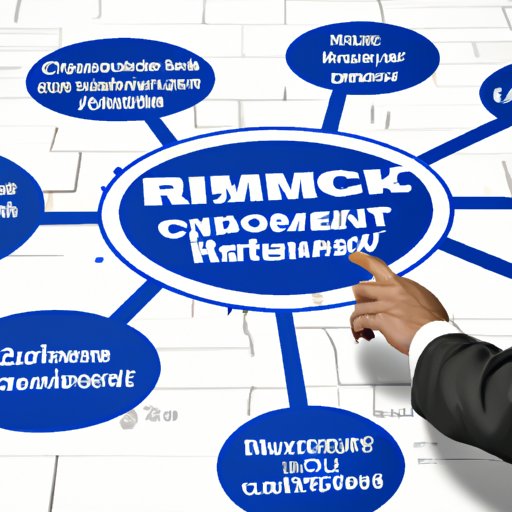Introduction
Technology risk is defined as the potential for losses resulting from inadequate or failed internal processes, people, and systems or from external events. As businesses become increasingly reliant on technology and data, understanding and managing technology risk has become essential. In this article, we explore what technology risk is, how it can impact businesses, and how it can be effectively managed.

A Guide to Identifying and Mitigating Technology Risks
Businesses need to take proactive steps to identify and mitigate technology risks. The first step is to understand the potential sources of technology risk. This includes identifying threats such as cyberattacks, data breaches, and system failures. It is also important to analyze the potential consequences of these risks, including financial losses, reputational damage, and legal liabilities.
Once potential sources of technology risk have been identified, businesses should develop strategies to mitigate them. These strategies may include implementing technical controls such as firewalls and encryption, establishing procedures and policies to protect data, and training employees in cybersecurity best practices.

Understanding the Different Types of Technology Risks
Businesses need to be aware of the different types of technology risks that they may face. Data security and privacy risks are among the most common. These risks involve the unauthorized access, use, disclosure, or destruction of sensitive data. Infrastructure risks involve the failure of hardware, software, or networks, which can lead to system downtime and data loss.
Cloud computing risks involve the misuse or mismanagement of cloud services, which can lead to data breaches and other security issues. Identity management risks involve the improper authentication and authorization of users, which can result in unauthorized access to data.
Examining the Role of Cybersecurity in Technology Risk Management
Cybersecurity plays a key role in technology risk management. Businesses need to implement technical controls such as firewalls, antivirus software, and encryption to protect their systems and data. They also need to establish procedures and policies to ensure that data is handled securely and safely.
In addition, businesses should provide training to employees on cybersecurity best practices. This will help ensure that employees understand the importance of cybersecurity and are familiar with the policies and procedures in place to protect data.

Achieving Compliance through Technology Risk Management
Businesses need to be aware of the regulatory requirements that apply to their industry and take steps to ensure compliance. This involves understanding the regulations and assessing the impact of these regulations on the business. It is also important to create a plan to achieve compliance and ensure that systems and processes are in place to meet the requirements.
For example, businesses in certain industries may need to comply with the Payment Card Industry Data Security Standard (PCI DSS). This involves implementing technical and organizational measures to protect cardholder data and ensure that payment transactions are secure.
Conclusion
Technology risk is an ever-present threat for businesses. Understanding the potential sources of technology risk and developing strategies to mitigate them is essential. This involves analyzing the potential consequences of technology risks, understanding the different types of risks, implementing technical controls, establishing procedures and policies, and achieving regulatory compliance. By taking proactive steps to identify and mitigate technology risks, businesses can protect their data and minimize losses.
(Note: Is this article not meeting your expectations? Do you have knowledge or insights to share? Unlock new opportunities and expand your reach by joining our authors team. Click Registration to join us and share your expertise with our readers.)
